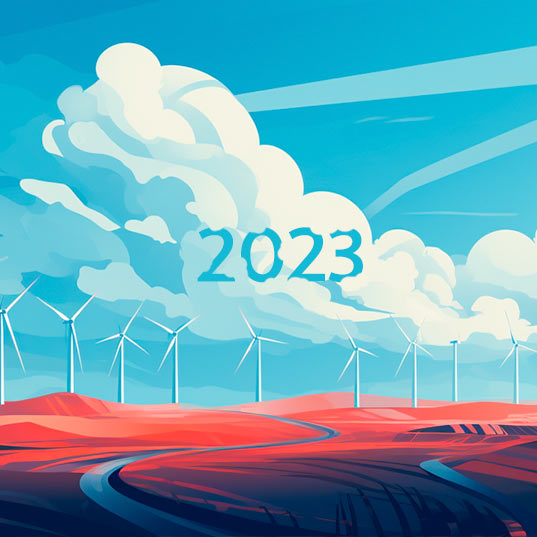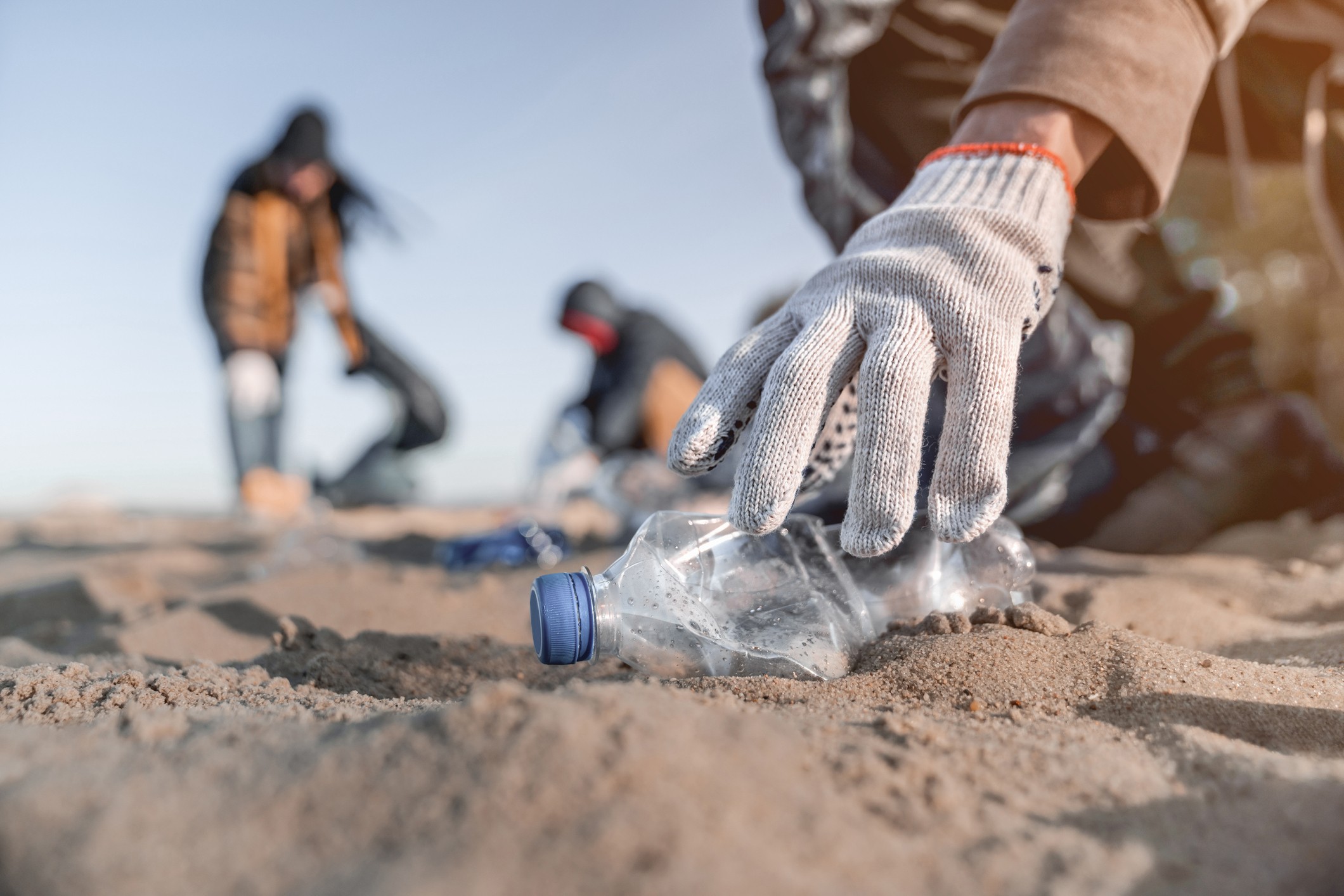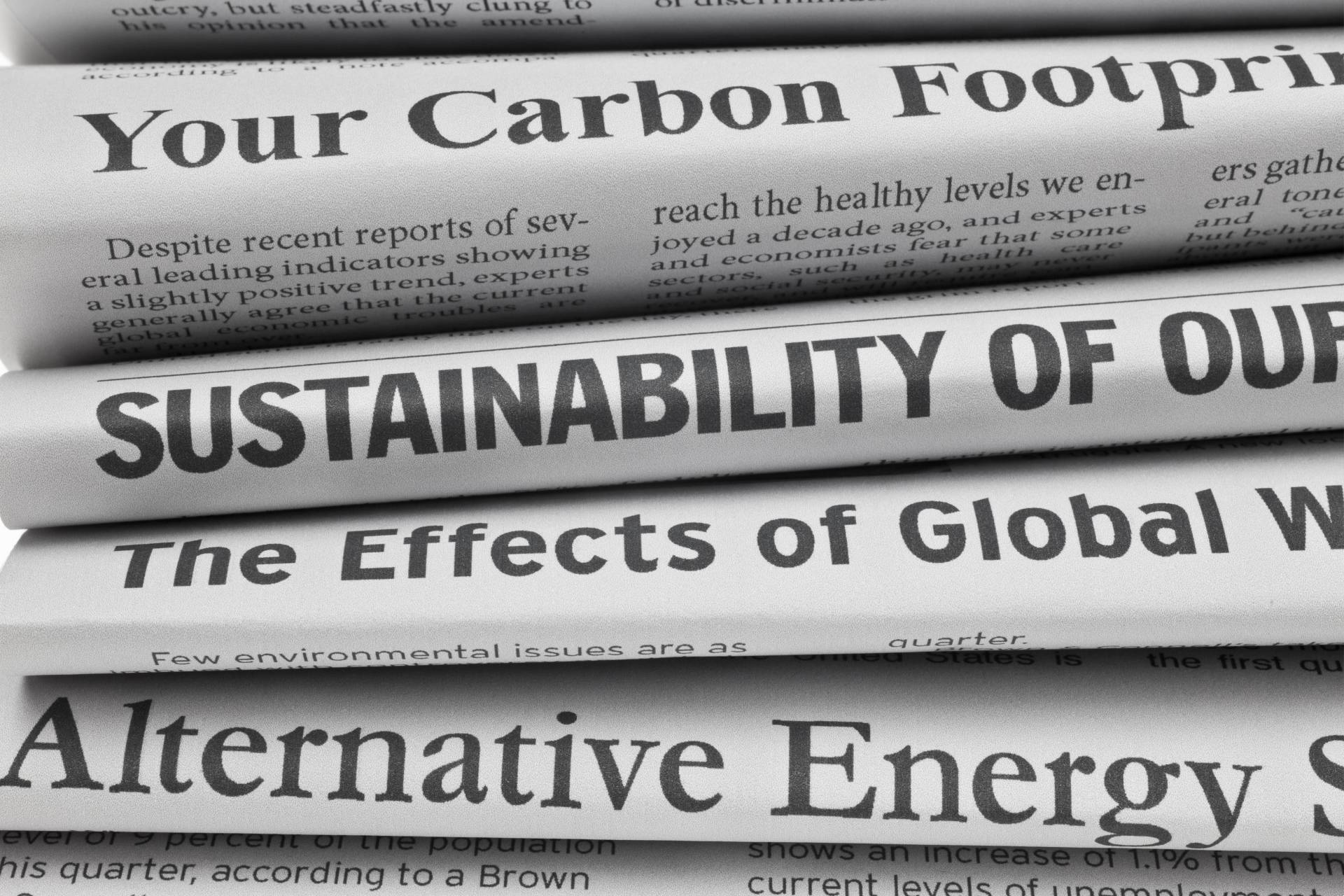Some of the sustainability milestones in 2022
So that you don’t lose track, we have gathered the most-read articles by our readers and 2022’s milestones in sustainable development, renewable energy and climate change.
We’ve turned into December’s home straight. It just remains to say goodbye to another year ending. If there’s something we can highlight in 2022, it has been the year in which we got our lives back after having lived fighting coronavirus since 2020. But we have not lacked for news about climate change month after month – good and not so good.
Below we recall the most important news and milestone in the area of sustainability throughout 2022. Let’s roll!
The UN says we have the right to live in a healthy environment
The United Nations General Assembly voted this year in favor of all human beings having the right to a clean, healthy and sustainable environment. An important step in countering the deterioration the natural world is suffering.
The UN stated that climate change and environmental degradation were two of the most potent threats to the future of humanity. It asked member states to intensify their efforts to ensure that their populations have access to a “clean, healthy and sustainable environment”.
The resolution is not binding for the 193 members. But, by confirming this new universal human right, countries are expected to introduce the necessary laws and measures to favor the protection of the planet.
Sustainability advances in water reuse and treatment
 Despite the great progress in access to potable water over the past two decades, there are still 785 million people who continue to experience problems in this respect.
Despite the great progress in access to potable water over the past two decades, there are still 785 million people who continue to experience problems in this respect.
Fortunately, 2022 also gave us positive news in this area. There are now several new water treatment technologies which reduce the need for large infrastructure. From the use of hydrogels and solar power to “harps” which collect water from the atmosphere, and liquid metal applications for water filtration.
One of the latest innovations is a low-cost water purification device which does not require maintenance or electricity supply, nor has it moving parts susceptible to breakdown. Read more about it here.
Seawater desalination is another big challenge for reusing water. Reverse osmosis technology is increasingly efficient in its use of new membranes. This year some very interesting proposals for small-scale desalination have appeared, such as portable solar desalination technology.
Loss-and-damage financing agreement at COP27
The most important part of the final declaration of the 27th United Nations Climate Change Conference of the Parties (COP27) was the agreement to finance loss and damage, a fund aiming to help the vulnerable countries which are already suffering the effects of temperature increases through drought, flooding and other extreme weather phenomena.
During the summit, the debate centered on whether highly industrialized countries, which most cause climate change, should compensate the losses and damages the climate crisis is provoking in impoverished countries, given the latter have contributed the least to the problem.
Approval of the fund will help countries in the frontline of the climate crisis to recover from disasters such as flooding, droughts, hurricanes, landslides and forest fires which are increasingly frequent and intense due to climate change.
25 countries unite against deforestation
Another positive development brought about by COP27 was the important progress made in the area of sustainable management and conservation of forests with the launch of the Forest and Climate Leaders’ Partnership (FCLP), the objective of which is to unite governments, business and community leaders in action.
The aim of the partnership is to drive joint action to stop the loss of forests and soil degradation by 2030 and transform this ambition into results on the ground.
Irresistible progress in green hydrogen development
 2022 was also the year in which progress of green hydrogen was consolidated as an essential energy vector in the transition toward a world in which the economic role of fossil fuels is minimized.
2022 was also the year in which progress of green hydrogen was consolidated as an essential energy vector in the transition toward a world in which the economic role of fossil fuels is minimized.
In just a few months, green hydrogen has gone from being little more than a distant promise to something almost tangible. Although its production costs are still somewhat higher than less sustainable hydrogen, generated with coal or natural gas, the proliferation of investment announcements is speeding up the drive toward profitability. Indeed, the EU plans to install 40 Gigawatts of green hydrogen electrolyzer capacity by 2030. Other plans for the development and production of green hydrogen worldwide can be found in this article.
Renewables have saved 230 million tonnes of CO2 emissions this year
Renewable energy covered the full increase in world electricity demand during the first half of 2022, according to a report by Ember.
The energy think tank discovered that increases in solar, wind and hydroelectric power avoided a possible 4% rise in fossil fuel generation, representing a saving of 230 million tonnes of CO2. This is the equivalent of taking 49 million petrol-driven cars out of circulation in a year.
France bans short-haul domestic flights in favor of train journeys
The initiative, approved under the 2021 French Climate Law, prohibits short-distance flights when they can be replaced by train journeys that can be completed in less than two-and-a-half hours.
The idea is to cut emissions from one of the most polluting transport modes. The aviation sector is responsible for 2% of global CO2 emissions by humans, says the aeronautics website TMAS.
Construction begins on the biggest animal crossing in the world
 The mountainous region of Santa Monica, California, USA, is home to a great amount of biodiversity. But animals living there have to navigate a dangerous barrier: Highway 101.
The mountainous region of Santa Monica, California, USA, is home to a great amount of biodiversity. But animals living there have to navigate a dangerous barrier: Highway 101.
To avoid accidents and running them over, work has begun on the biggest bridge and crossing for animals, with a length of 64 and breadth of 50 meters.
The bridge has been designed by a studio specialized in sustainable architecture and is planned to integrate with its surroundings. As well as allowing animals to cross, it will contribute to the growth of local vegetation in the form of an earth covering.
Wolves, bears and bison: 50 species making a ‘spectacular’ return in Europe
From loggerhead sea turtles and Eurasian otters to humpback whales and wolverines, many species that were in danger of extinction have made ‘spectacular’ recoveries in Europe.
A new report by European Wildlife Comeback confirmed that 50 species are now recorded as expanding, among them wolves, bears and bison.
This has been just a summary of the sustainability trends that have marked 2022. Another year full of challenges awaits us, not only in halting damage to the planet, but also generating a positive impact with the decisions we humans take.
The big climate disasters of 2022
In gathering together news on sustainability this year, we found many hopeful positive items, but climate change does not cease to wreak havoc in many areas of the planet. 2022 has brought us unprecedented heatwaves, forest fires, drought in the Horn of Africa endangering food supply to millions of people, and flooding in Pakistan that cost 1,730 people their lives and displaced more than 8 million.
Global warming left very visible footprints in its wake and proof of how climate change affects the water cycle, as evidenced by a study published during the year.
Heatwaves impacted even the coldest places on the planet. Antarctica registered temperatures 40ºC higher than those normal for March, another alarming record beaten by climate change.







